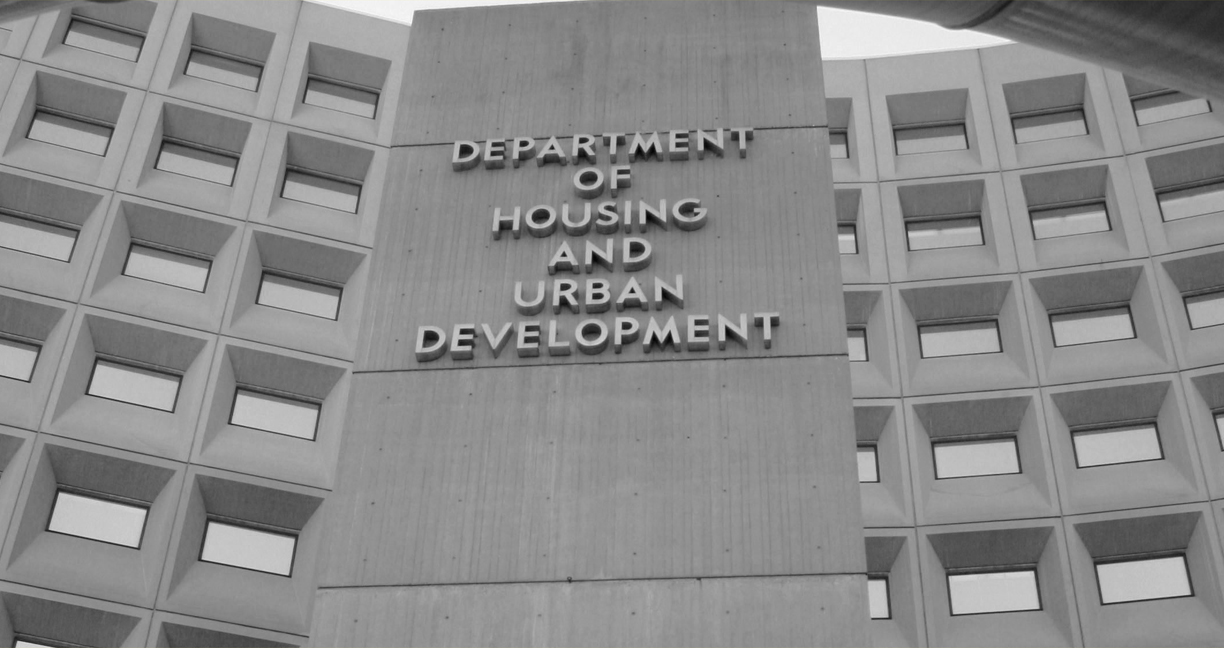As landlords and property managers, you walk a thin line with regard to accommodation requests involving assistance animals. You obviously want to make sure that any tenant who needs an assistance animal is accommodated. At the same time, you need to require enough verification to weed out anyone who is trying to take advantage of the Fair Housing Act. As a fair housing attorney, I’m always curious about where to draw the line. How much verification is too much?
That’s why a recent complaint filed by HUD caught my attention. HUD challenged the reasonable accommodation and pet policies of a housing provider as having “impose[d] mandatory burdensome conditions on individuals with disabilities who request animal assistance.” The landlord required tenants to fill out several forms, including an accommodation request form and a doctor’s prescription form. So what bothered HUD? Apparently, it was the doctor’s prescription form, which required the doctor to accept liability for any damage or injury caused by the animal in question.
As I am sure you can imagine, each of the doctors approached in the case above refused to sign any such form. This requirement was seen by HUD as a violation of the Act on the basis of discrimination, given that the failure of the tenant to secure a doctor’s signature resulted in the denial of the request.
So what should you do?
Other than the guidelines I discussed in a previous post, do not, I repeat, do not attempt to assign liability to the prescribing doctor in a tenant’s request for an assistance animal. This action will likely be considered discriminatory under the Act, and could open you up to enforcement for an FHA violation. Keep in mind that this doctor requirement is just one example of a recent burdensome requirement, and if any part of your reasonable accommodation process may be interpreted as placing an excessive burden on the requesting tenant, it is worth looking at.










